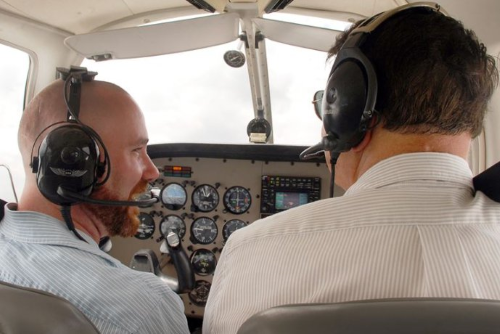To start off this article, we thought it would be important to quote the exact FAA’s requirements for the Biennial Flight Review, or BFR.
Here it is below:
“Federal Aviation Regulations § 61.56 Flight review.
(a) Except as provided in paragraphs (b) and (f) of this section, a flight review consists of a minimum of 1 hour of flight training and 1 hour of ground training. The review must include:
(1) A review of the current general operating and flight rules of part 91 of this chapter; and
(2) A review of those maneuvers and procedures that, at the discretion of the person giving the review, are necessary for the pilot to demonstrate the safe exercise of the privileges of the pilot certificate.”
And:
“(c) Except as provided in paragraphs (d), (e), and (g) of this section, no person may act as pilot in command of an aircraft unless, since the beginning of the 24th calendar month before the month in which that pilot acts as pilot in command, that person has –
(1) Accomplished a flight review given in an aircraft for which that pilot is rated by an authorized instructor and
(2) A logbook endorsed from an authorized instructor who gave the review certifying that the person has satisfactorily completed the review.”
Source: law.Cornell.edu
What is a “Biennial Flight Review”?
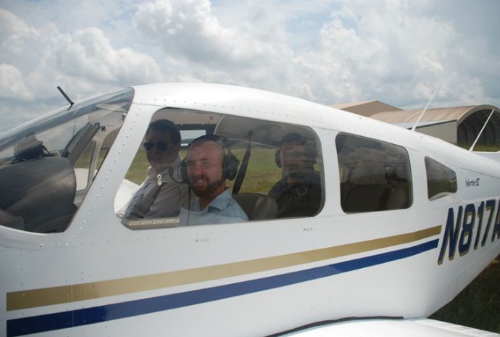
First a word about terminology. Often referred to as the “Biennial Flight Review” or “BFR” the FARs refer to it officially as a “Flight Review.”
The Flight Review is NOT a pass/fail check-ride, that is if the Flight Review instructor suggests that you need additional review or practice before he or she will endorse your log book for the Flight Review, it does not affect the validity of your pilot certificate.
Related Article – Instrument Proficiency Check (IPC): 3 Things You Need To Know
It does mean that you may not act as pilot in command until an instructor endorses your logbook as having completed the Flight Review: either way, there is no report to the FAA.
The Flight Review should be viewed as an opportunity to confirm that your flying skills are still as sharp as they were after your last checkride or Flight Review.
Also, there have been many changes in the Federal Aviation Regulations in the past several years, especially with respect to airspace definitions and aircraft equipment requirements.
The Flight Review offers the opportunity to ensure your understanding of newer regulations is current and correct.
When is the Biennial Flight Review Required?
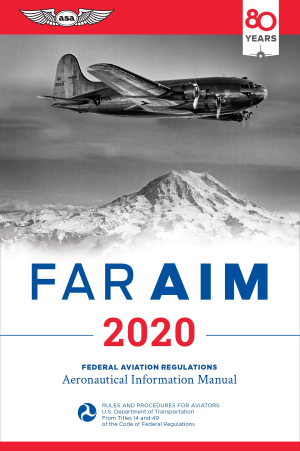
The FAR states if you have not acted as a pilot in command “since the beginning of the 24th calendar month before the month in which [you acted] as pilot in command…” you may not act as a pilot in command without having completed the Flight Review.
For example, if you last flew as a PIC in December of 2019, to act as pilot in command in December of 2021 you must have completed a Flight Review in November of 2019 or later.
If you have not flown for several years, you may complete the Flight Review and resume flying (assuming any required medical certificates are current).
You may take a Flight Review at any time before the 24th month, it just means that you are now current to act as pilot in command for the next 24-month cycle.
Any Certified Flight Instructor (CFI) may conduct the Flight Review.
Completing a Flight Review with an instructor is all that is necessary to become “current” and resume flying as a PIC.
The regulation requires one hour each of ground and flight time, and this time is to be entered in your logbook with an endorsement from the flight instructor.
If you take your Flight Review on or before 24th month as required, your knowledge and skill will probably be up to date, especially if you have been flying regularly, and the Flight Review may take no more than the prescribed two hours.
Related Article – ATP Flight School Review: My Experience as a Student
Finding or Selecting an Instructor for your Flight Review
As mentioned, any Certified Flight Instructor may complete the Flight Review with you.
As a CFI myself, I’ve conducted dozens of them over the years, many of which were pilots I personally trained for their private pilots license.
You may fly with an instructor whom you know and have flown with, which could make you feel more “at ease.”
However, you might choose to fly with an instructor who has not seen you fly before, in which case you may get a more thorough, objective evaluation of your skills and knowledge.
What to Expect During the Ground Portions of the Flight Review?
Expect to review to touch on any aspect of Federal Aviation Regulations, including preflight requirements, filing flight plans, flight visibility requirements, radio procedures, and controlled and uncontrolled airports, etc.
Expect to be able to identify different classes of airspace on sectional charts and explain aircraft equipment and visibility requirements, for flying in different types of airspace.
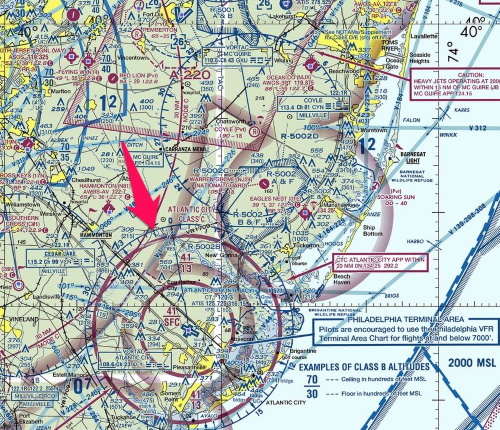
Be prepared to explain where you would find information on a specific airport, including communications frequencies, runways and lengths, restrictions, available services, etc.
Be prepared to discuss emergency procedures, especially loss of communications or navigation equipment.
Expect questions regarding air traffic control, filing flight plans (be prepared to file a flight plan), and obtaining weather briefings or reading current terminal weather reports and outlooks.
Many pilots find the ground portion more challenging than flying the aircraft proficiently.
What to Expect During the Flight Portions of the Flight Review
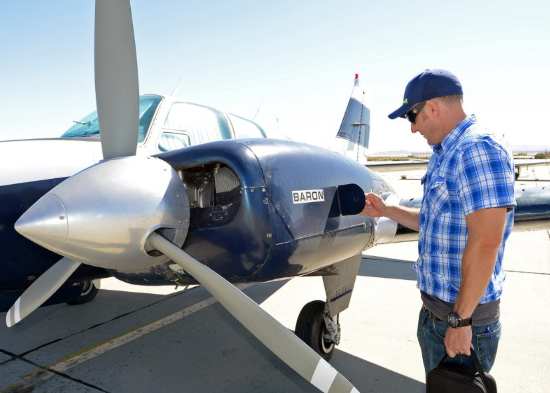
Anticipate demonstrating all aspects of a typical flight, from preflight to securing the aircraft at the end of the flight.
Included will be preflight, engine start, any required communications prior to taxiing, etc.
Expect to perform examples of any flight maneuvers your practiced for your pilot ratings, including steep turns, stalls, navigating using available aircraft navigation instruments, and radio procedures.
Be prepared to complete several landings using different flaps settings, procedures for short and soft field landings, and “power off” (idle power) landings.
Airport operations at uncontrolled and controlled airports.
If you have an instrument rating, you may expect some time “under the hood” and possibly flying instrument approaches.
If a cross-country flight was planned, expect to follow your flight plan, at least for a while, maintaining altitude and planned course.
The instructor will may ask for series of stall recoveries and maneuvers such as steep turns and slow flight.
What are Areas of Particular Emphasis?
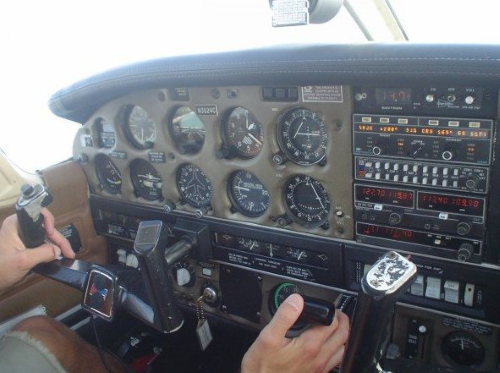
While the Flight Review instructor may ask questions regarding any aspect of flight operations, be especially prepared to be able to explain the definition and operational requirements for the different types of airspace.
Another objective of the Flight Review is to ensure that you are knowledgeable of current Federal Aviation Regulations.
Keep in mind, the Flight Review is an opportunity to learn (or relearn)—and do not panic if asked a question you do not know: the instructor can take the time to fully answer the question and consider that lesson as satisfying the Flight Review requirement on that topic.
Ask Questions
The Flight Review is required; you might as well use it to add to your piloting knowledge, not just demonstrate you meet the minimum requirements.
If there is something you know you don’t fully understand, for example the recently activated requirements for Automatic Dependent Surveillance-Broadcast (ADS-B) equipment in aircraft and when it is required, ask questions.
Keep in mind that the instructor may “instruct” and if he or she observes that you have demonstrated that skill adequately, sign off on your Flight Review.
Asking questions is actually positive, since it indicates an attitude of wanting to better understand, which, in turn will make you a better pilot.
Also, know where you can go to get answers about aircraft operations: resources such as the Federal Aviation Regulations (FARs) and the Airman’s Information Manual (AIM) are key resources.
If you are proficient at using computers and the Internet, you can research almost any topic, regulation or facet of piloting with a simple, quick Internet search.
Demonstrate a Willingness to Learn and Improve
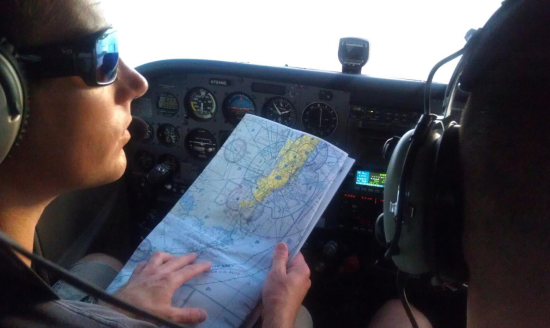
Piloting involves constant learning (or relearning!).
For example, you have just demonstrated a simulated engine failure landing, and while you know that you could have “walked away from” an actual engine failure, the approach and landing could have been better.
Ask the instructor to let you do that again, and even ask for his or her coaching.
Use the Flight Review to improve and fine tune your skills, remember, this is NOT a check ride, but an opportunity to review and build your skills, especially in areas that you may not practice in your daily flying.
Anytime you fly with an instructor there is an opportunity to learn and build on your skills.
What can you do to not have to have a Flight Review every two years?
First, work on adding a new certificate or rating; the check-ride resets the Flight Review due date.
For example, if you are not instrument rated, work on and earn your instrument rating.
If you add an endorsement such as for flying a high-performance aircraft, your instructor may endorse your logbook for both the rating and the Flight Review.
Professional pilots often have mandatory reviews to maintain their flying skills and the knowledge required. These reviews take the place of the Flight Review.
The FAA has developed a WINGS program that will give you credit for continuous learning through seminars, online courses, and even flying with your instructor, earning credits that will “push off” your Flight Review date.
To learn more, check out the below links:
WINGS program – https://www.faasafety.gov/wings/pub/learn_more.aspx
Advisory Circular AC61-91J – https://www.faa.gov/documentlibrary/media/advisory_circular/ac%2061-91j.pdf
Any time you have an opportunity to fly with a flight instructor for any reason, upon completion of the flight or training program, ask the instructor if the training will “reset” your Flight Review Date.
After the Flight
Expect a debriefing: it may be brief, especially if you fly regularly, or the instructor may suggest areas that he or she feels you need to review on your own.
Expect the completion of your Flight Review to be entered in your logbook.
All in all, a BFR is nothing to be afraid of. While it might feel like a checkride, the simple truth is this…a biennial flight review is there to keep you safe.
If you have any questions regarding a BFR or how to prepare, feel free to leave a comment below!

